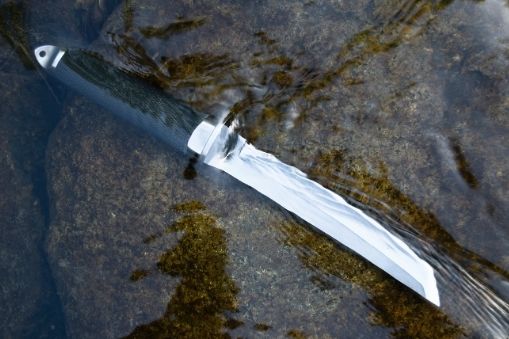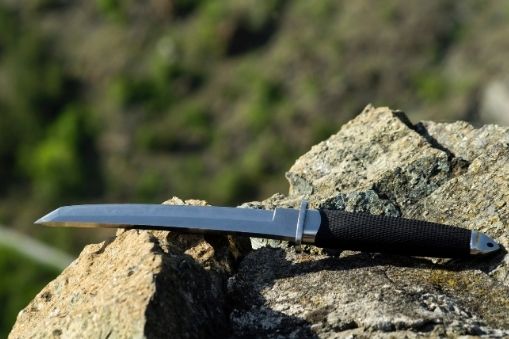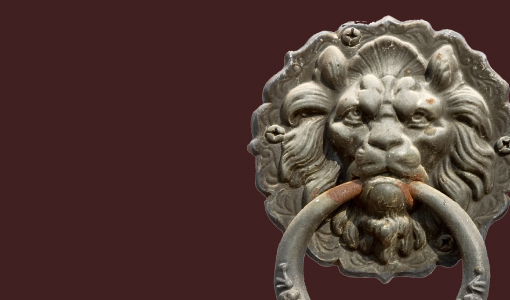The Legendary Japanese Tanto: Everything You Need to Know
Samurais have captured the imagination of people the world over due to the romantic pop culture depictions in comics, TV shows, and movies. One could say it would be the honor that they live by. Others would point to their discipline. In truth, there are many things about samurais that catch the people’s imagination and attention.
For now, we’ll look at the weapons of the samurai, specifically the tanto.
As a people, the Japanese cherish and revere many parts of their culture. Whether it be flower arrangement, cultural practices, their roles in society, and even their weapons, they put immense time and effort to honing these aspects and elevating it into an art.
The same thought and care was placed on their weapons even way back then when samurais roamed the lands. Apart from the famous katana blade, the tanto was a staple of all samurai. It is a fascinating weapon with an even more fascinating history.
Here is everything you need to know about the legendary Japanese tanto.
The Characteristics of the Tanto

As opposed to the katana – the long unique blade of the samurai – the tanto is a shorter weapon. All samurais carried these two weapons, with the practice often referred to as “Daisho”, literally meaning “big-little”.
Due to its small size, the tanto was often used for close quarters combat. It would be used when their katanas would be deemed ineffective or as an emergency weapon for certain situations.
The special part of the tanto is at the tip. It sports a high point with a flat grind, with the tip being extremely thick. The multiple parts of metal at the tip make it extremely effective for piercing or stabbing hard things like armor.
Furthermore, the accumulated metal tip allows it to be used multiple times without breaking.
An angle joins both the front and back angles of this blade. This takes away the curve that the katana typically has. While this takes away the belly of the blade, it was strategically exchanged for the stronger tip.
The standard length of a tanto reaches approximately 60 centimeters or 24 inches.
The History of the Tanto
The tanto finds its roots in feudal Japan, where most if not all bladed Japanese weapons were conceptualized and created. This history goes back a number of centuries and shows how the tanto evolved throughout the times.
Heian Era
During the Heian Era, the tanto blade was created as an artistic endeavor. Initially, it was not created as a blade for combat. There were times where the tanto would be used for fighting, but highlighting the rarity of those occasions without talking about the frequency would muddy the waters of the tanto’s original reason for creation.
This is at least true for the start of the Heian Era.
As the era continued and got to its midpoint, the tanto was taken into battle by the samurais. This is the time when they would carry the katana and tanto combination into battle.
As the years went by, the Japanese craftsmen would start to add to the artistic side of the tanto. The tanto would adapt to a more modern and ornate design. The original 40 centimeter blade was shortened to 30 centimeters. An ornate hilt was also included to add to its design to allude to their religious beliefs.
At the same time, historians would indicate that this is the point where the tanto’s development reached its zenith. Craftsmen utilized tamahagane steel to make the blade stronger. The high carbon content of tamahagane steel allowed the tanto to not only be strong when piercing, but also durable.
Momoyama Era
From the Momoyama Era to the Early Edo Era, the tanto would regress further from the annals of its combative history. During these eras, Japan was in a state of peace due to the land being unified.
Thus, the current rulers saw no need to produce any more blades as fighting was becoming more and more uncommon.
For one, the swordsmiths would focus on crafting katanas and wakizashis for the samurais. These were also the weapons most commonly used at the time.
Swordsmiths would craft tantos here and there, but only for decorative purposes. These productions were copies of older tantos that were made.
By the time the latter parts of the Edo Era came around, tantos were not being created as often. The tantos used for battle were mainly tantos from older periods. The newer tanto blades were forged by Suishinshi Masahide and were not used for combat.
Meiji Era to Now
The creation of tanto blades saw a resurgence right before the second World War. This was mainly because Japan saw the rise of an emperor again. As such, the Imperial Court started to wear the tachi and tanto combination as part of their uniforms.
Unfortunately, as quickly as the forging of tanto blades rose, it also rapidly fell when the war was over. This was due to the restrictions placed in blade forging.
Like a rollercoaster ride though, the tanto once again found popularity in the 80s in a very unlikely place: America. As the American nation started their fascination with martial arts, a demand for tanto blades emerged.
Forges opened up and started producing these tanto blades to meet the demand. Until today, many people seek the tanto blade as a decorative piece.
Respect the Blade

If you are interested in purchasing a tanto, you will easily be able to find a manufacturer online these days.
Excalibur Brothers would just like to remind you to respect the blade. It isn’t just the practical use and decorative aspect of the tanto that should be honored, but also the approach that the Japanese people had towards the short blade.
For starters, if you are thinking of using it, you can seek out a teacher or sensei. This teacher will not only teach you the technical skills to use the tanto, but they will also teach you how to respect the blade and keep it clean.
All in all, the tanto is a blade that is rich in cultural history and significance. Owning one will not only be a great decorative piece, but also a reminder of Japan’s rich culture and unique spirit.
You might also wanna check MEDIEVAL GOBLETS, CHALICES.
